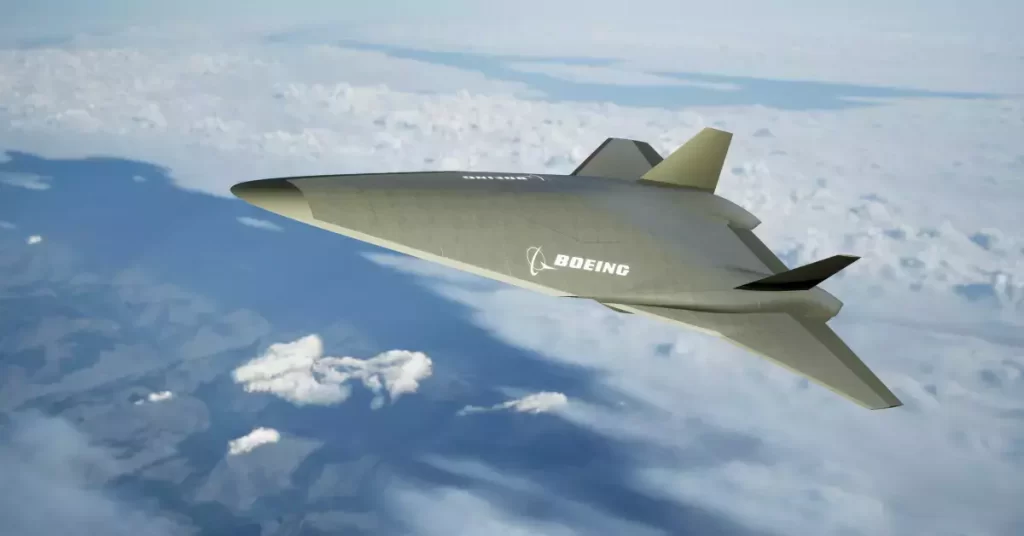NASA’s Bold Vision: A Supersonic Leap into the Future of Air Travel
By Line: Dilip Singh Parihar
Publishing Date: 30 August, 2023
In a groundbreaking endeavor that seems straight out of science fiction, NASA has set its sights on revolutionizing air travel with a supersonic aircraft capable of ferrying passengers from New York City to London in an astonishing 90 minutes. This audacious initiative, reminiscent of the iconic Concorde era, aims to push the boundaries of aerospace technology, redefining the concept of global connectivity and accessibility.
The proposed aircraft, akin to the legendary Concorde but far more advanced, is designed to soar at mind-boggling speeds exceeding 3,000 miles per hour—four times faster than the speed of sound at sea level. NASA’s endeavor not only rekindles the thrill of rapid air travel but also signifies a paradigm shift in the aviation industry, promising a future where time and distance are compressed in ways unimaginable just a few years ago.
The concept revolves around the development of a Mach 2-plus supersonic jet, with capabilities far surpassing conventional airliners. While standard large aircraft operate at around 600 mph, a mere 80% of the speed of sound, this futuristic marvel aims to operate at Mach 4, making it a technological marvel and a symbol of human ingenuity.
NASA’s ambition to connect major global cities in under two hours has taken a tangible form. Two pioneering companies, propelled by NASA’s vision, have been awarded 12-month contracts. These contracts are not just financial commitments but bold statements of intent—commitments to redefine the future of travel. The companies will embark on a journey of innovation, focusing on intricate aspects such as airframe design, power systems, propulsion mechanisms, thermal management, and composite materials capable of withstanding extreme supersonic speeds. The goal is not just to achieve unprecedented velocity but also to ensure safety, efficiency, and environmental responsibility.
At the heart of this audacious endeavor lies the X-59 aircraft, a testament to NASA’s relentless pursuit of cutting-edge technology. As part of the ongoing Quesst mission, the X-59 serves as a vanguard, paving the way for the supersonic revolution. Lori Ozoroski, the project manager for NASA’s Commercial Supersonic Technology Project, emphasized the significance of past studies, which explored concepts at Mach 1.6-1.8. These studies have been instrumental in shaping NASA’s research efforts, culminating in the development of the X-59. The new studies, Ozoroski added, will refresh existing technology roadmaps and identify additional research needs, ensuring a comprehensive approach to high-speed aviation.
Crucially, this audacious project isn’t just about engineering feats; it’s about responsible innovation. Mary Jo Long-Davis, manager of NASA’s Hypersonic Technology Project, highlighted the importance of balancing innovation with safety, efficiency, economic viability, and environmental impact. The goal isn’t merely to achieve unprecedented speeds but also to ensure that the benefits of this technological leap are reaped by travelers while minimizing harm to the environment.
The prospect of traveling from New York City to London in a mere 90 minutes might sound like a distant dream, but NASA’s ambitious exploration is a testament to the agency’s commitment to pushing the boundaries of human achievement. While the challenges are monumental, the potential rewards are nothing short of revolutionary. The prospect of a new era in aviation—one marked by unparalleled speed, connectivity, and accessibility—is no longer confined to the realms of science fiction but stands at the cusp of becoming a tangible reality.
As the world anticipates the results of these groundbreaking endeavors, the echoes of supersonic booms might soon be replaced by the collective gasps of awe-inspired travelers, witnessing the marvels of human innovation hurtling across the skies. NASA’s bold vision serves as a beacon, illuminating a path toward a future where the impossible is merely a challenge waiting to be overcome—a future where the skies are no longer limits but gateways to uncharted horizons.



